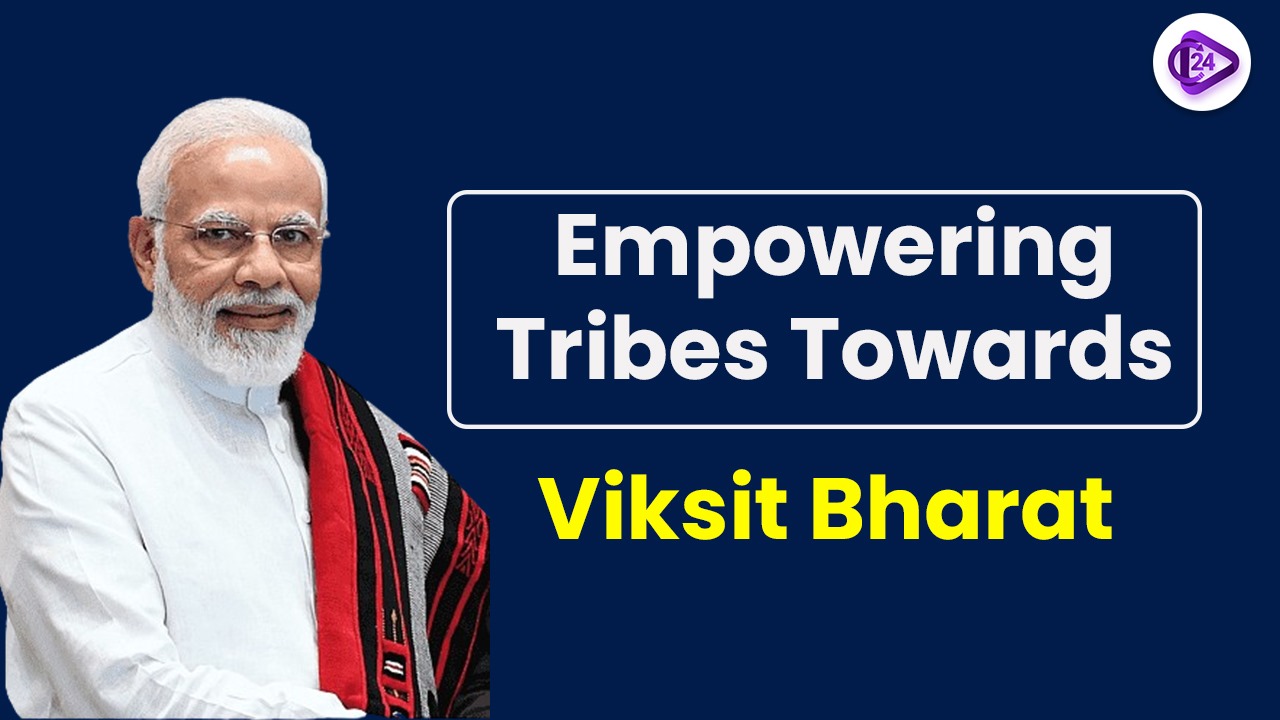
The Union Budget 2025-26 provides a historic financial boost for tribal welfare, with a 45.79% increase in funding for the development of 10.45 crore tribal people across India. The budget emphasizes education, healthcare, infrastructure, and sustainable livelihood programs to address the challenges faced by these communities, especially in remote areas. With a comprehensive approach, the government aims to integrate tribal populations into India’s broader development narrative, ensuring inclusive growth and a Viksit Bharat.
The government of India dedicated robust financial resources to ST welfare through budgetary increases for the complete sustainable development of ST communities in Union Budget 2025-26. These communities made up of 10.45 crore people inhabit remote locations in which basic services and opportunities never reached them before.
Tribal Welfare in Union Budgte 2025-26
Substantial Increase in Budget Allocation
-
The tribal development budget underwent a major growth from ₹10,237.33 crore in 2024-25 to ₹14,925.81 crore in 2025-26 which resulted in a 45.79% upward shift.
-
The Indian government has dedicated its ongoing attention to tribal community welfare by increasing tribal welfare spending from ₹4,497.96 crore to ₹14,925.81 crore since 2014-15.
Expansion of Key Programs
-
The government has raised the EMRS budget allocation from ₹4,748 crore in the previous fiscal year to ₹7,088.60 crore in this current budget while pursuing quality residential education for tribal students.
-
The government increased funding support under the Pradhan Mantri Jan Jatiya Vikas Mission to ₹380.40 crore to develop sustainable income-generation options for tribal populations throughout each year.
-
The funding under Pradhan Mantri Jan Jatiya Vikas Mission reached ₹380.40 crore to establish ongoing income-producing opportunities for tribal communities.
-
Under PMAAGY the funding level doubled to ₹335.97 crore as the government sought to close infrastructure gaps for education healthcare and employment service delivery.
-
The funding allocation for Multi-Purpose Centers under Pradhan Mantri Janjati Adivasi Nyaya Maha Abhiyan (PM-JANMAN) rose by 100% to ₹300 crore to promote socio-economic growth within areas populated mainly by Particularly Vulnerable Tribal Groups (PVTGs).
Dharti Aaba Janjatiya Gram Utkarsh Abhiyan (DAJGUA): A Game-Changer for Tribal Development
Massive Infrastructure and Development Initiative
-
The Dharti Aaba Janjatiya Gram Utkarsh Abhiyan (DAJGUA) receives ₹80,000 crore in funding through a five-year program to fill the infrastructure needs of 63,843 tribal villages across India.
-
The combined departments and 25 targeted interventions under this initiative include health services and educational programs and employment creation and skill development training.
Increased Funding for DAJGUA
-
The funding for the Dharti Aaba Janjatiya Gram Utkarsh Abhiyan (DAJGUA) under the Ministry of Tribal Affairs increased four times to ₹2,000 crore during 2025-26 because the government recognizes the importance of tribal community advancement at local levels.
Towards a Viksit Bharat with Inclusive Growth
-
The 2025 Union Budget introduces a fundamental change in tribal development through emphasis on education together with healthcare and skill training and economic opportunity.
-
The government works to promote integrative growth through ministries-level coordinated interventions that will achieve both tribal community welfare and participation in India's national development as a Viksit Bharat (Developed India).
Conclusion
Through the Union Budget 2025-26 the government has implemented major budget increases for tribal welfare programs which support education initiatives in combination with healthcare obligations and infrastructure spending. The Dharti Aaba Janjatiya Gram Utkarsh Abhiyan with Eklavya Model Residential Schools work together to achieve inclusive growth while developing tribal communities so they can improve India's development.



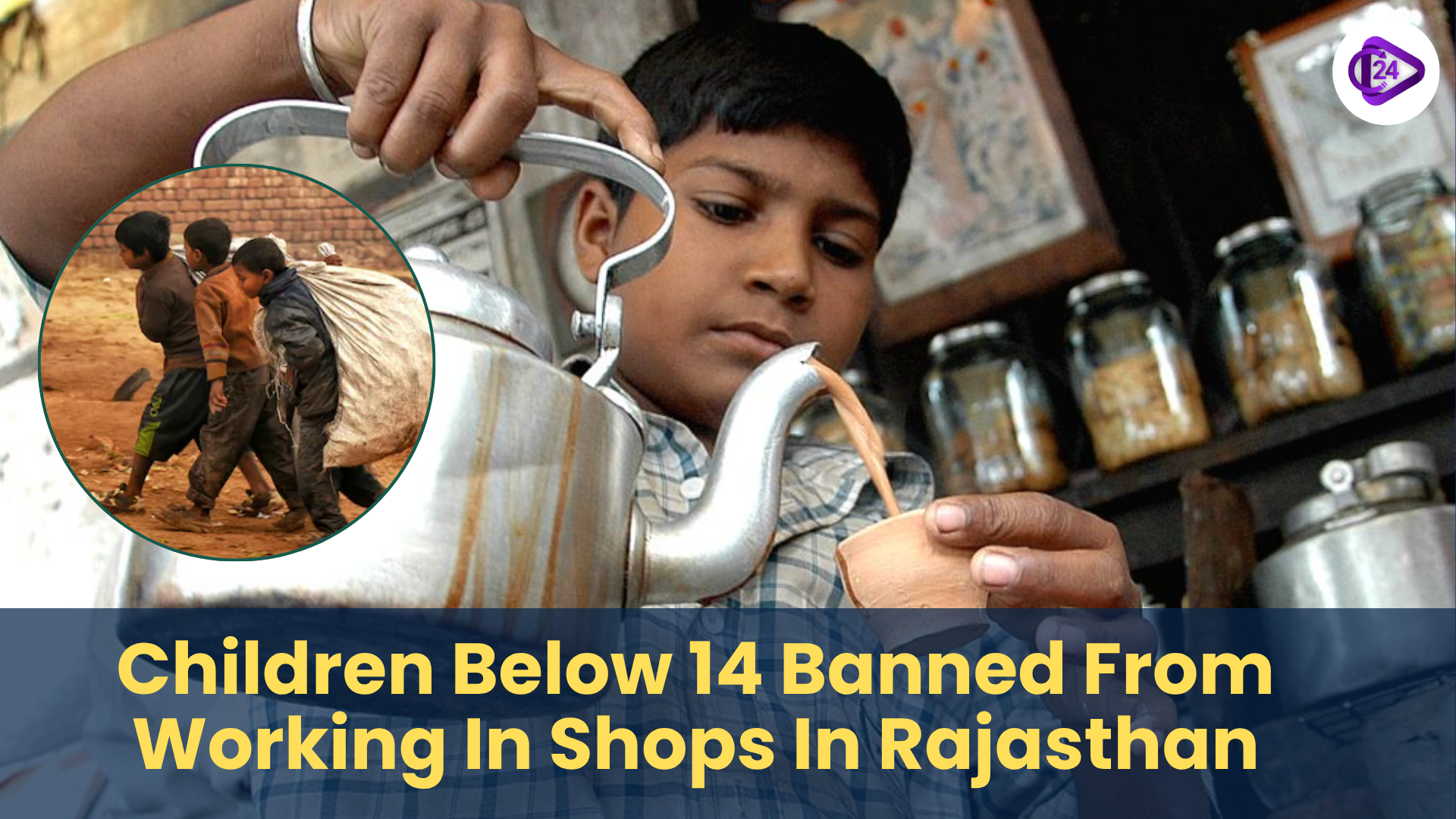 Rajasthan Bans Employment of Children Below 14 in Shops and Commercial Establishments
Rajasthan Bans Employment of Children Below 14 in Shops and Commercial Establishments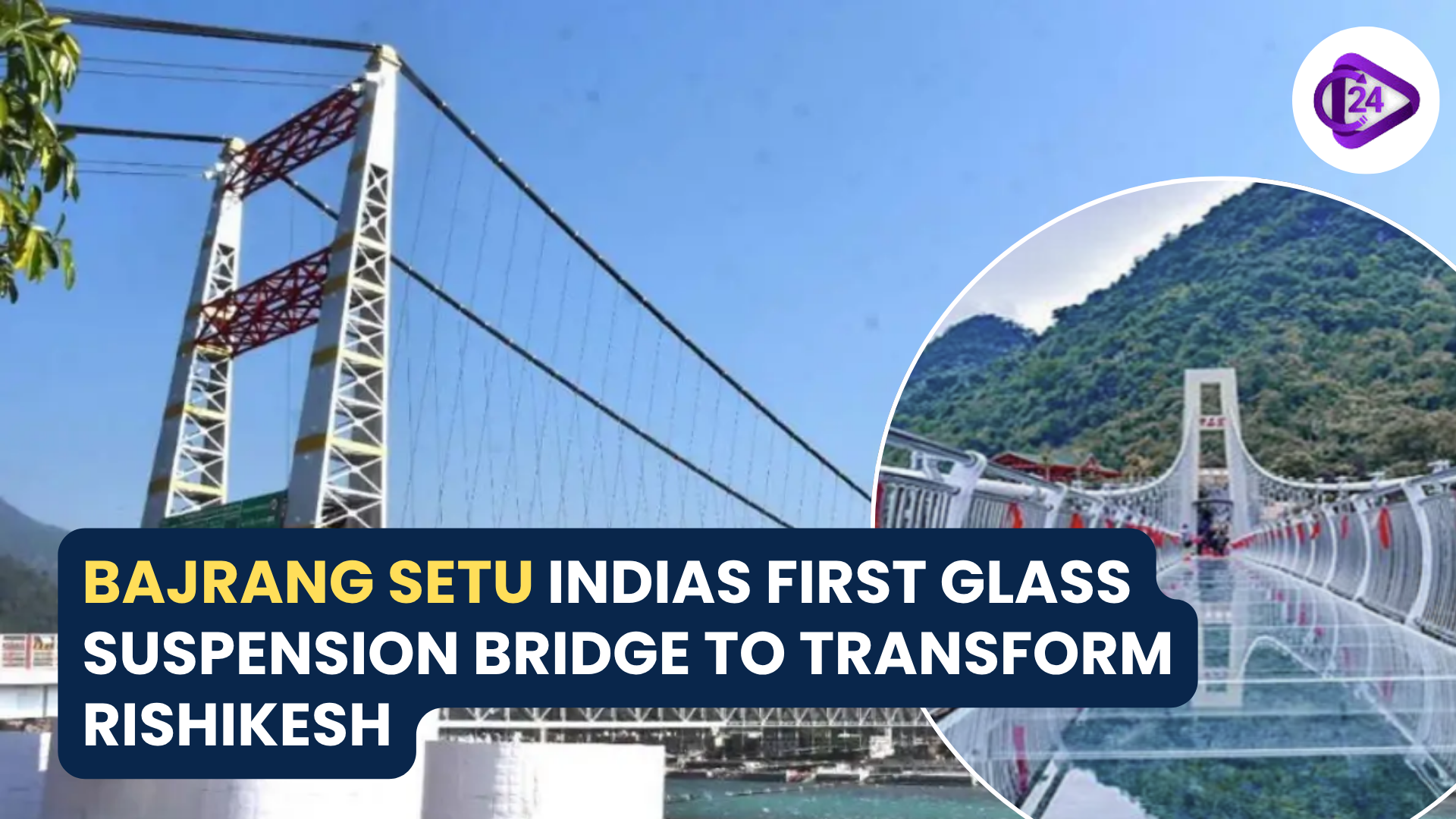 India's First Glass Suspension Bridge, Bajrang Setu, Will Redefine Rishikesh Tourism by 2025
India's First Glass Suspension Bridge, Bajrang Setu, Will Redefine Rishikesh Tourism by 2025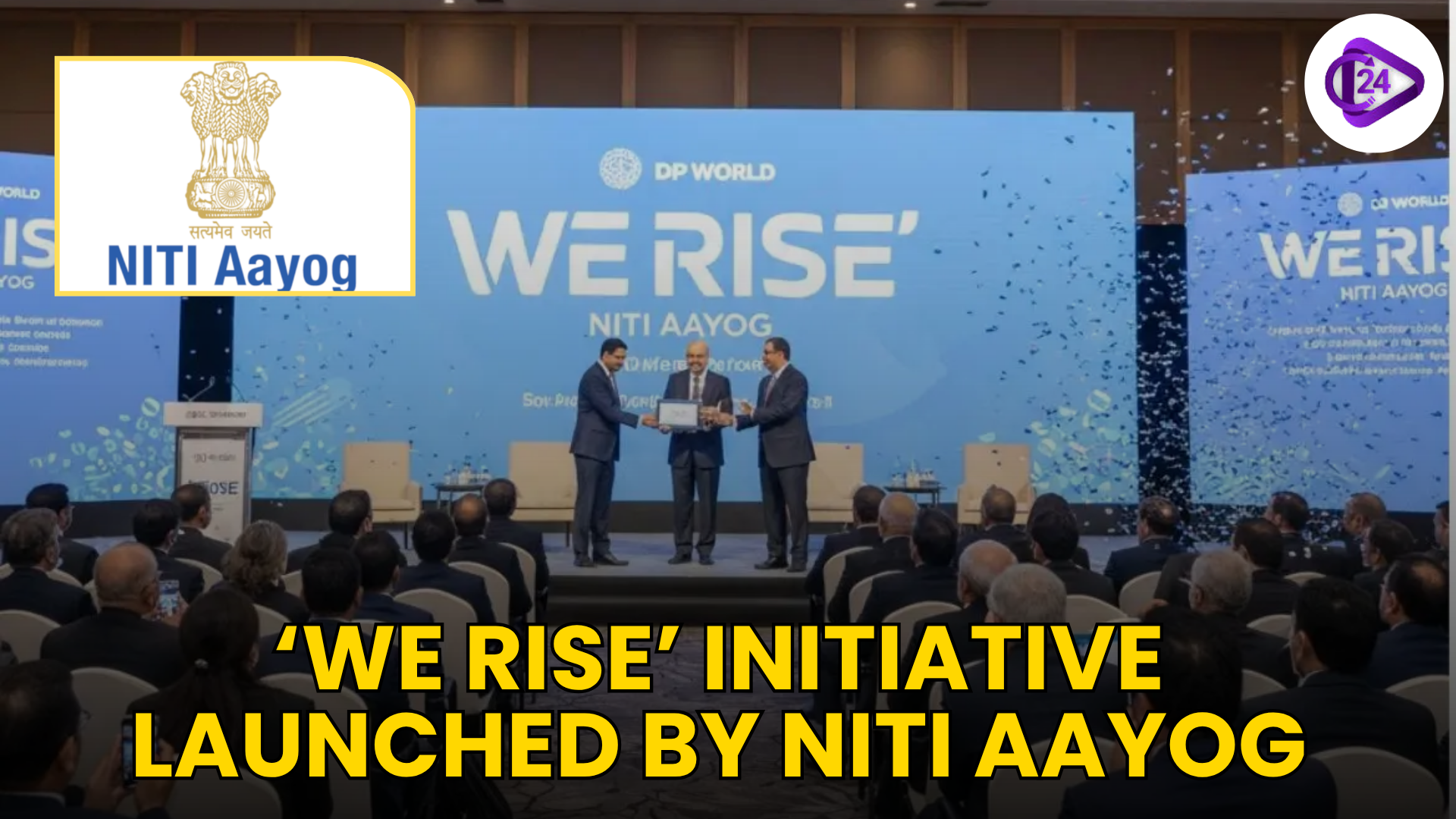 NITI Aayog’s ‘We Rise’ Empowers Women Entrepreneurs
NITI Aayog’s ‘We Rise’ Empowers Women Entrepreneurs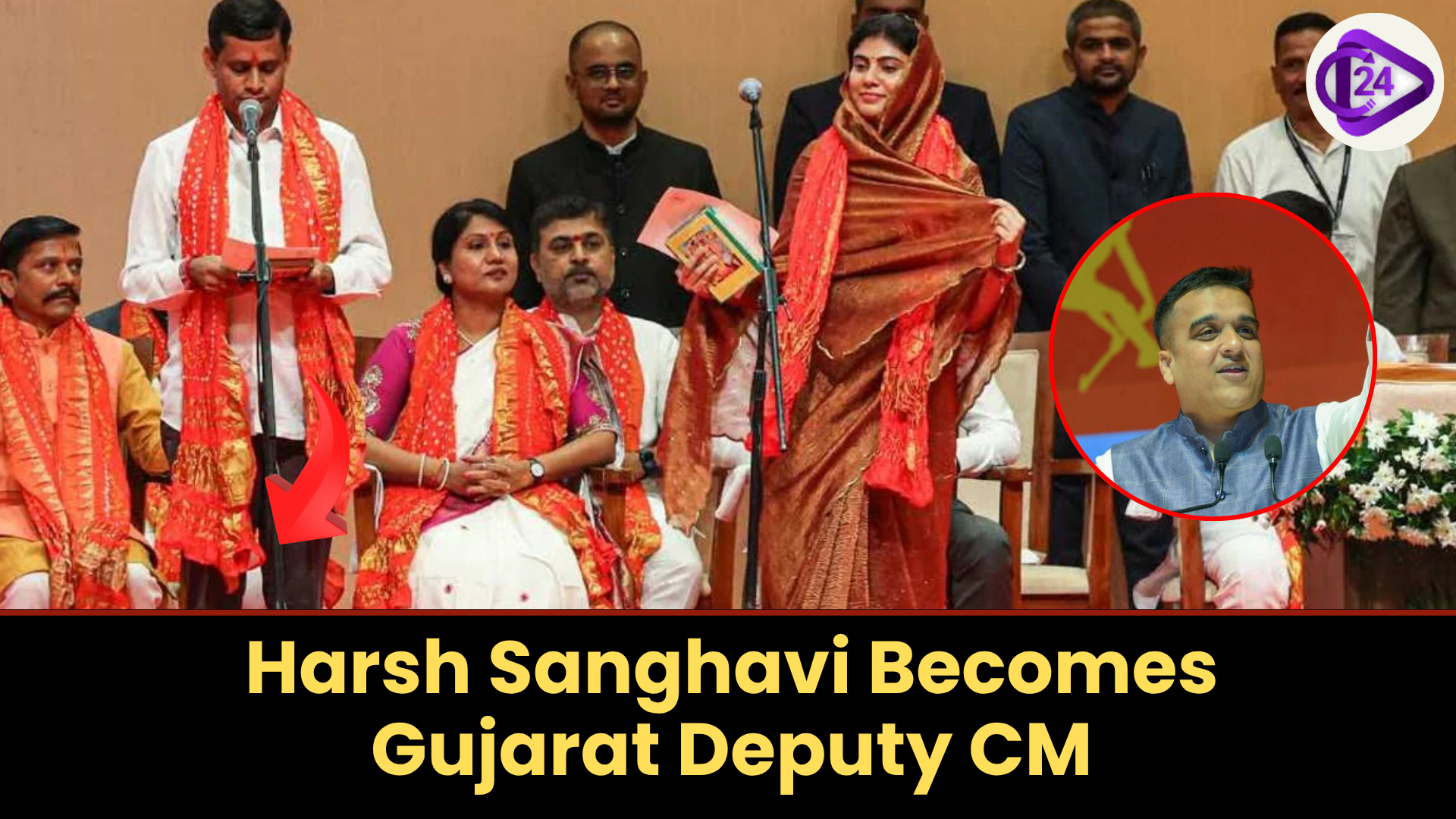 Harsh Sanghavi Appointed Gujarat Deputy Chief Minister in Major Cabinet Reshuffle
Harsh Sanghavi Appointed Gujarat Deputy Chief Minister in Major Cabinet Reshuffle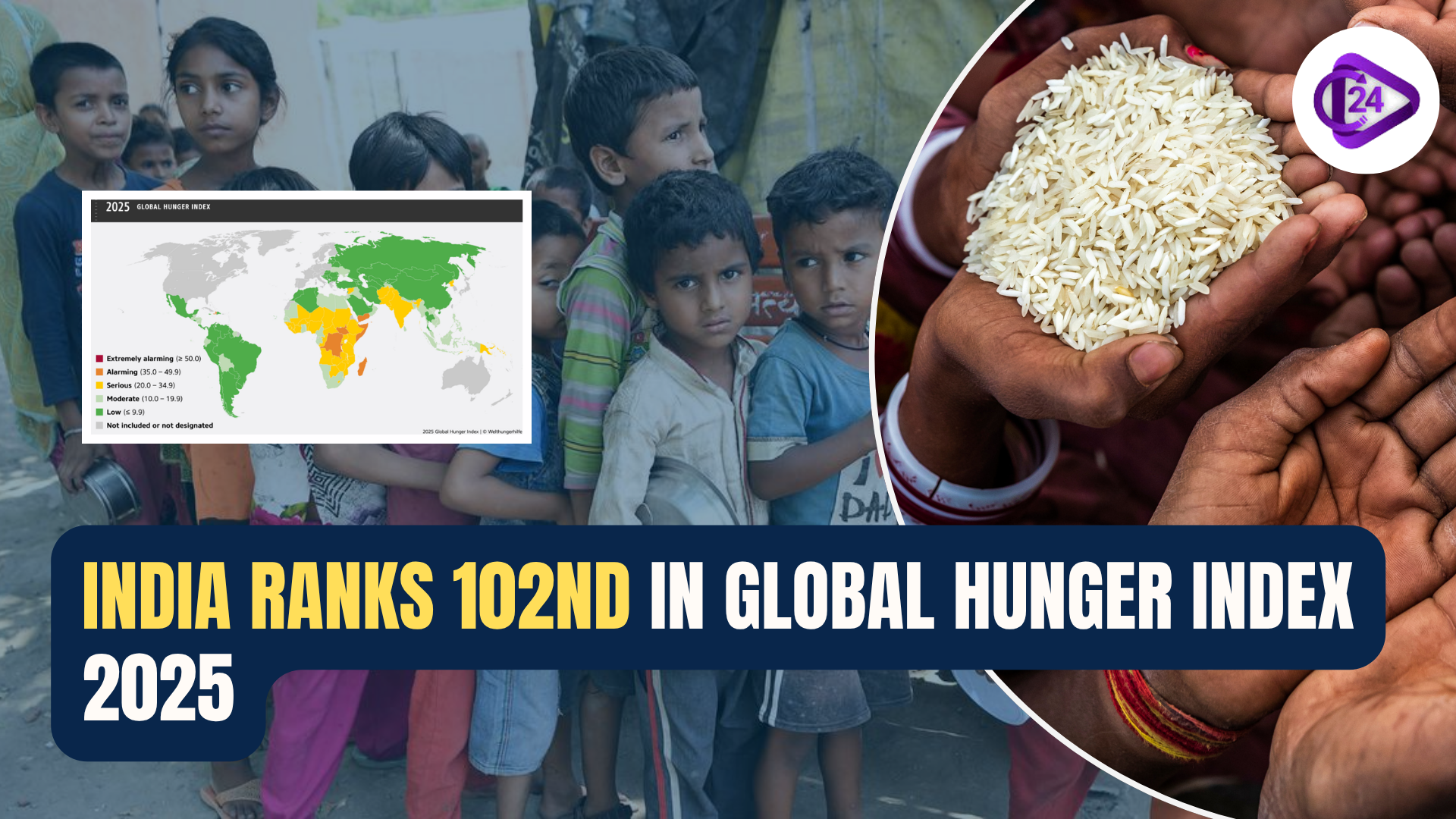 India Ranks 102nd in Global Hunger Index 2025: Hunger Remains a Serious Challenge
India Ranks 102nd in Global Hunger Index 2025: Hunger Remains a Serious Challenge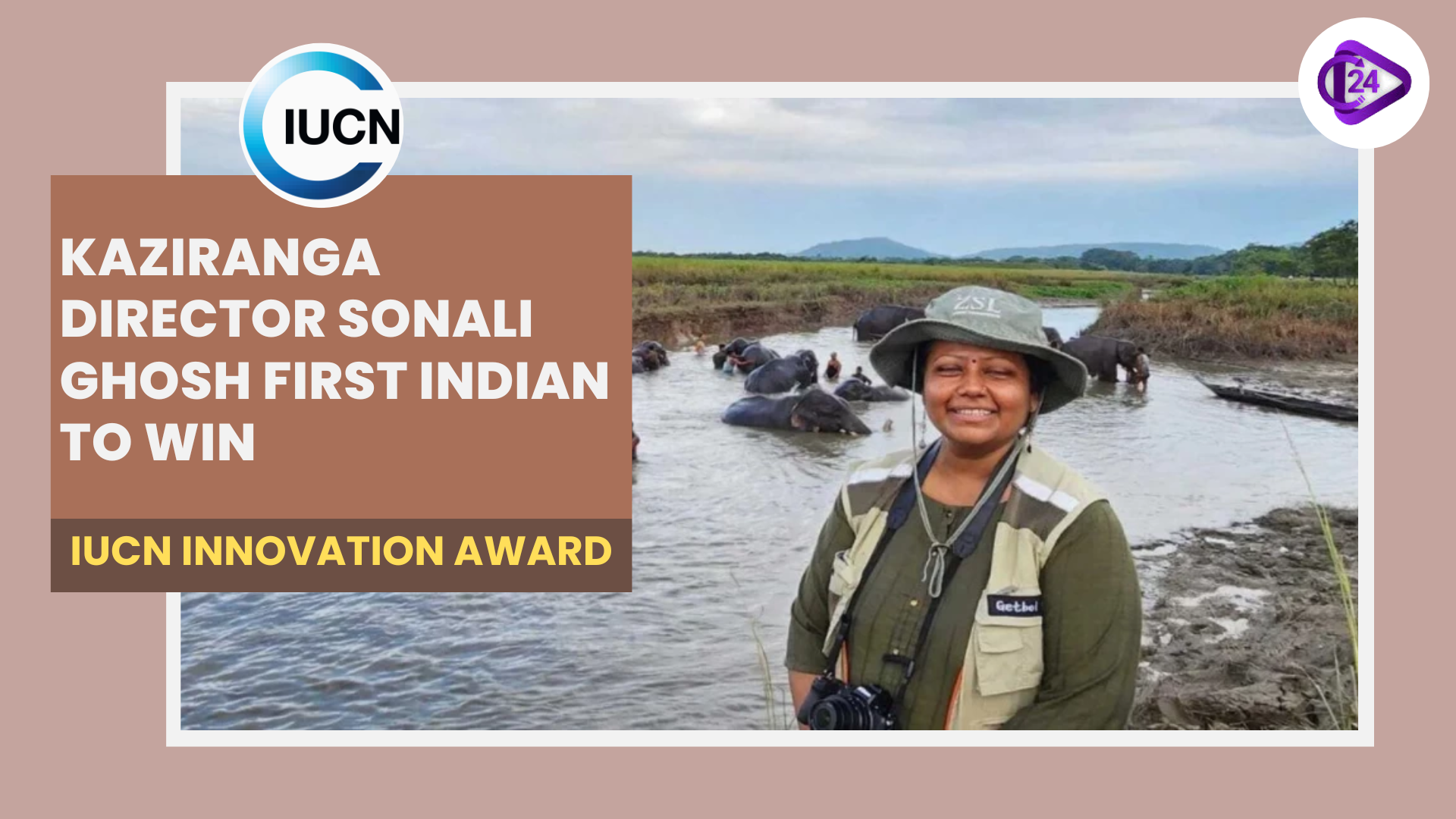 Kaziranga Director Sonali Ghosh Becomes First Indian to Win IUCN Innovation Award
Kaziranga Director Sonali Ghosh Becomes First Indian to Win IUCN Innovation Award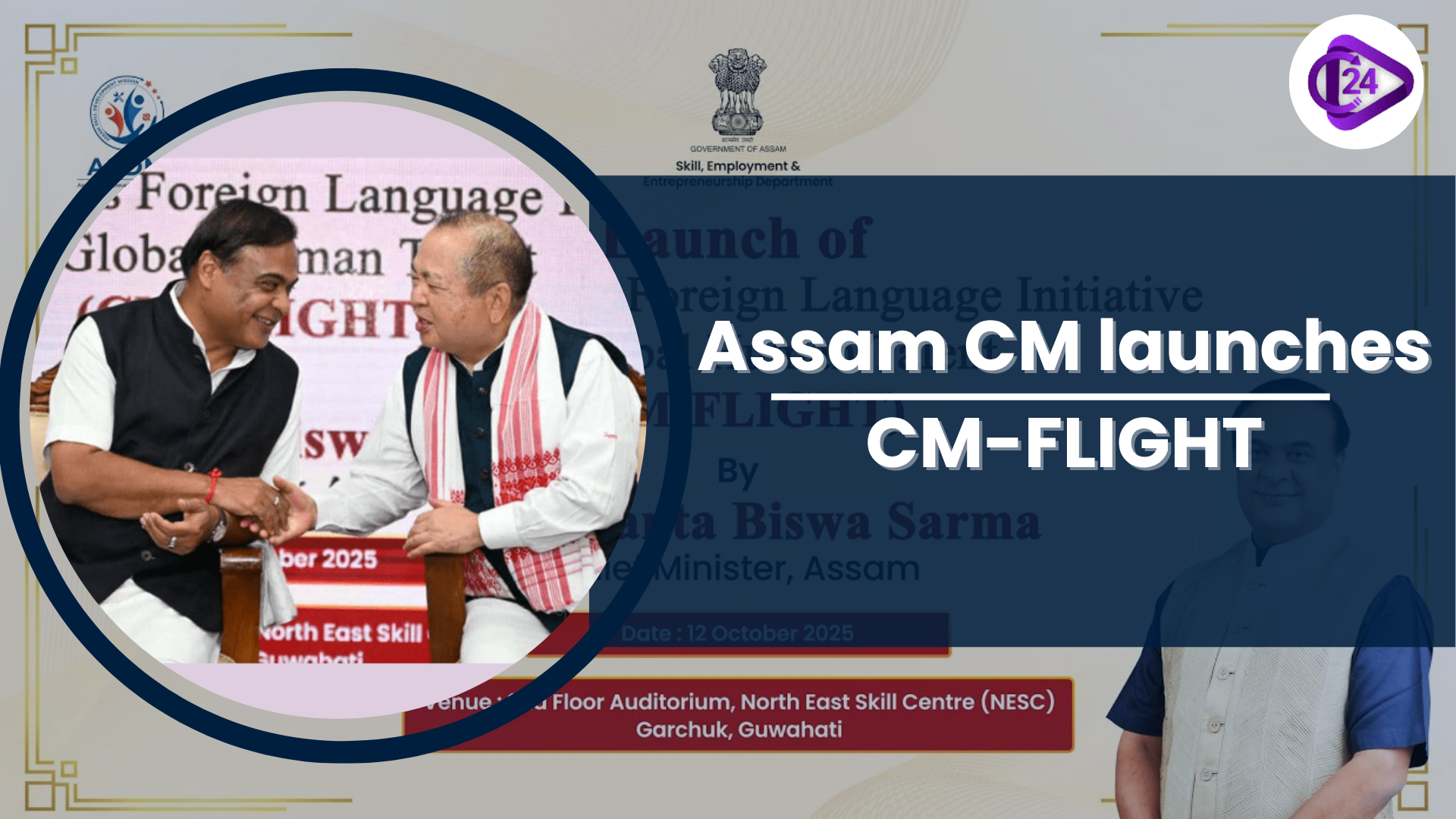 Assam Government Introduces CM-FLIGHT Scheme for Improved Global Career
Assam Government Introduces CM-FLIGHT Scheme for Improved Global Career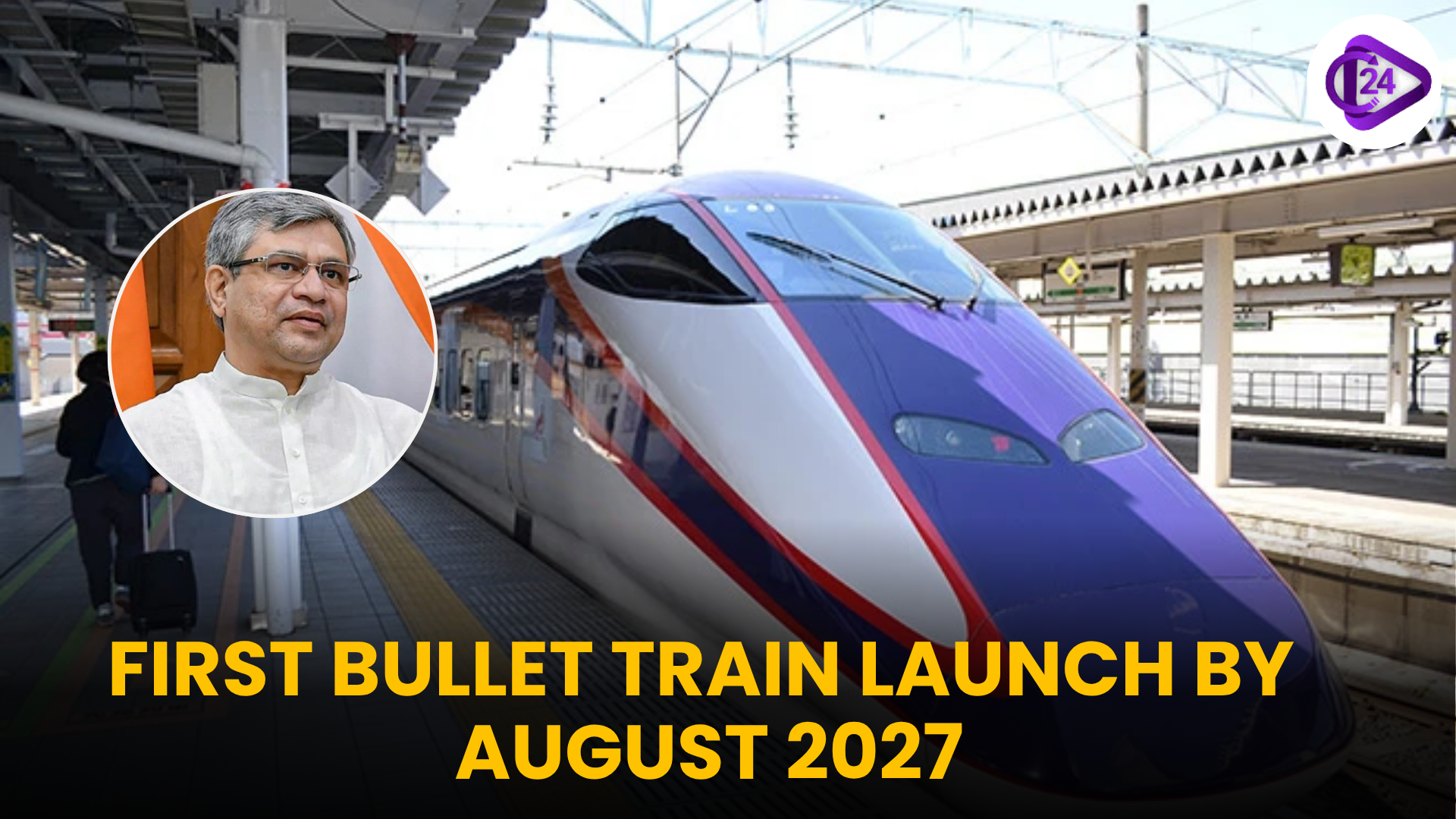 India’s First Bullet Train to Launch by August 2027, Mumbai–Ahmedabad
India’s First Bullet Train to Launch by August 2027, Mumbai–Ahmedabad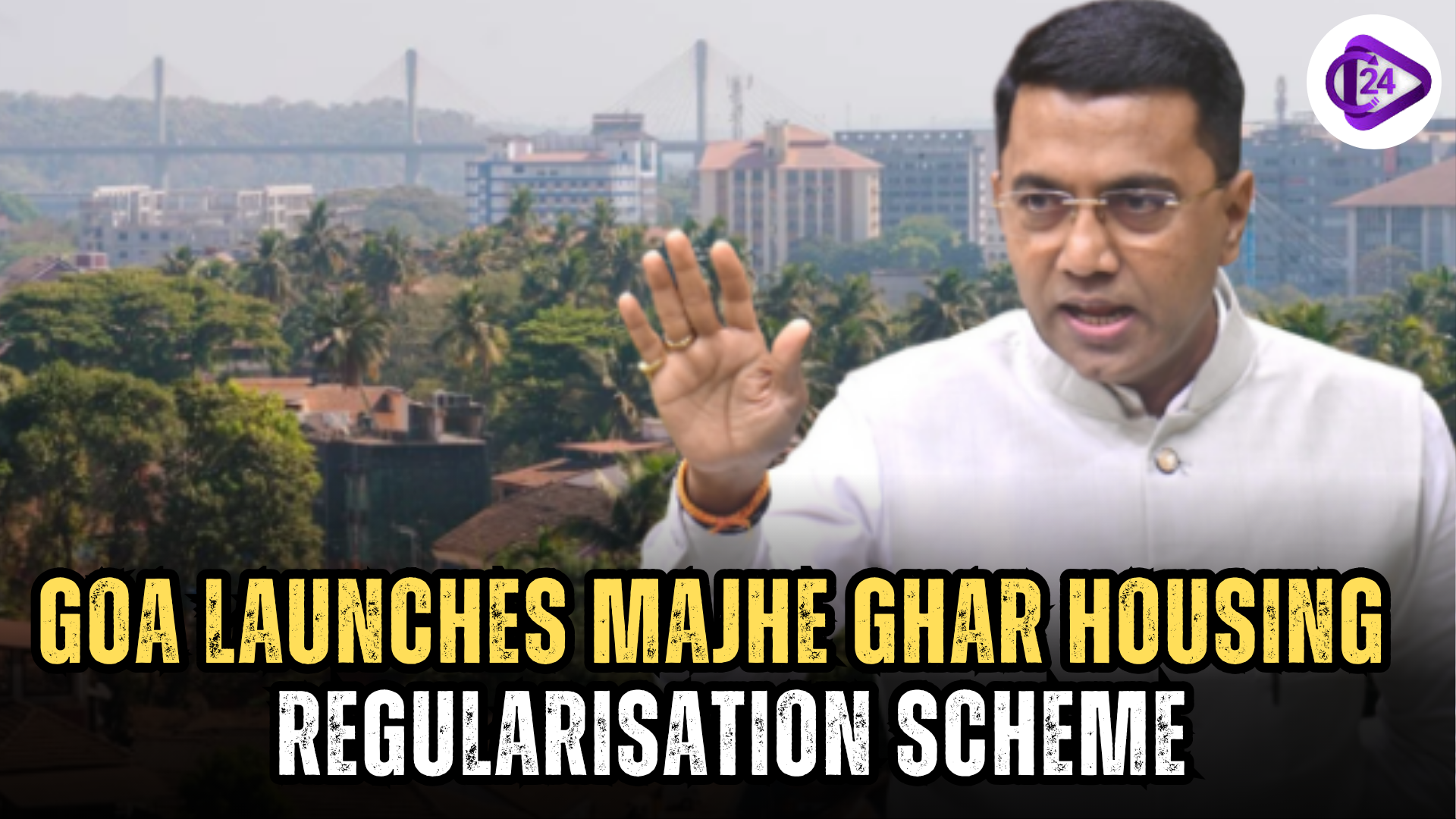 Goa Launches Majhe Ghar Housing Regularisation Scheme
Goa Launches Majhe Ghar Housing Regularisation Scheme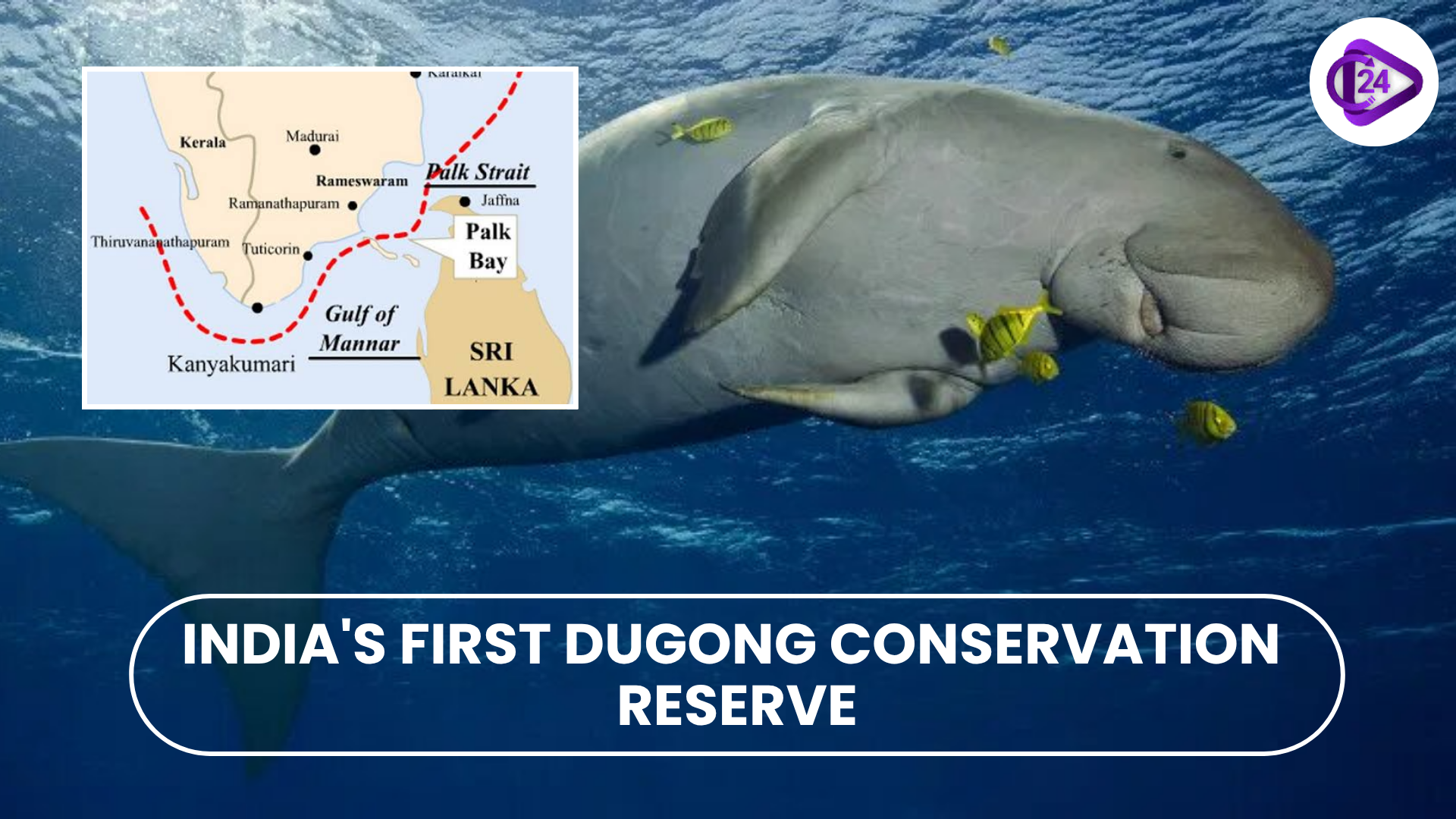 IUCN Recognizes India’s First Dugong Conservation Reserve in Tamil Nadu
IUCN Recognizes India’s First Dugong Conservation Reserve in Tamil Nadu






